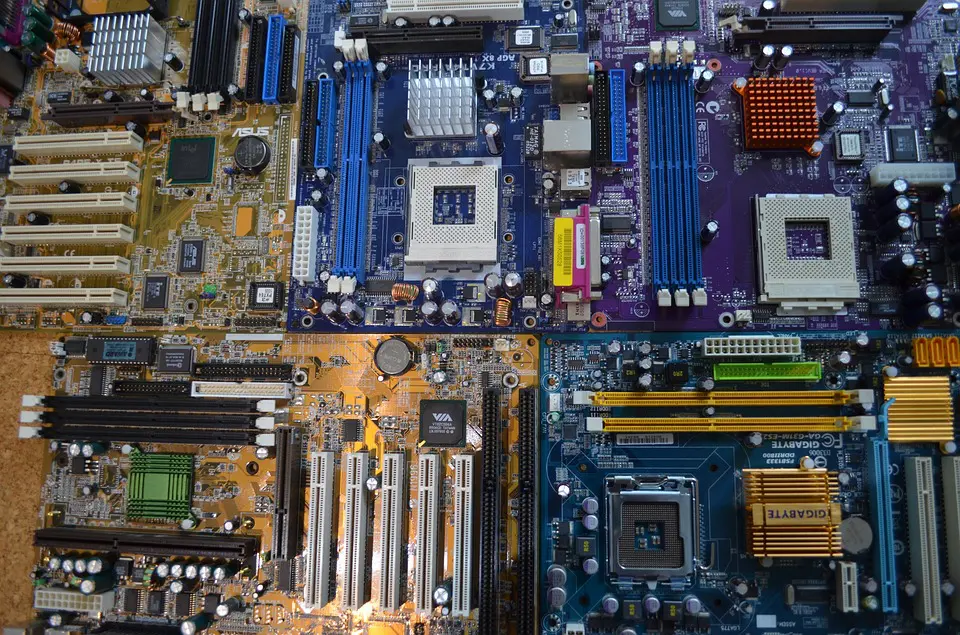At EMS Solutions, we are proud to provide RoHS manufacturing. RoHS stands for the Restriction of Hazardous Substances Directive and is commonly known as the “lead-free directive.”

(Pixabay / Johannes_Weitnauer)
RoHS was adopted in 2003 by the European Union (EU). RoHS is not mandatory across the globe; it only applies to products that are shipped to member countries of the European Union. Because many products find their way in the EU, we have chosen to offer ROHS components and assemblies.
Even though RoHS is primarily associated with lead, it bars 10 total substances as follows:
- Lead
- Cadmium
- Hexavelent chromium (used in chromic acid, chrome plating, an chromate primers)
- Mercury
- Polybrominated biphenyls (flame retardant)
- Polybrominaed diphenyl ether (flame retardant)
- Bis (2-ethylhexyl) phthalate*
- Butyl benzyl phthalate*
- Dibutyl phthalate*
- Diisobutyl phthalate*
*The last four substances were included in the ban effective March 2015.
Most of the substances are limited to .1% or 1000 ppm (parts per million) per component by weight. In the case of a printed circuit board assembly, here’s how that will look: The PCB assembly is composed of the bare board, integrated circuit, resistor, capacitor, and more. Each of these components can conceivably be separated from the total product, so they must each contain less than .1% of banned substances (based on the total weight of the component).
So why does RoHS matter? Because it helps decrease the huge amount of toxic electronic waste that is entering our environment in response to the surging demand for electronic products. RoHS works in tandem with the Waste Electrical and Electronic Equipment Directive (WEEE), another EU initiative that establishes collection, recycling and recovery targets for electrical products.
We are proud to be an RoHS-compliant company. At EMS, we are not only dedicated to providing the best electronics manufacturing services possible, but we are also concerned with treating the earth right and adopting sustainable waste management and disposal practices for the future.
